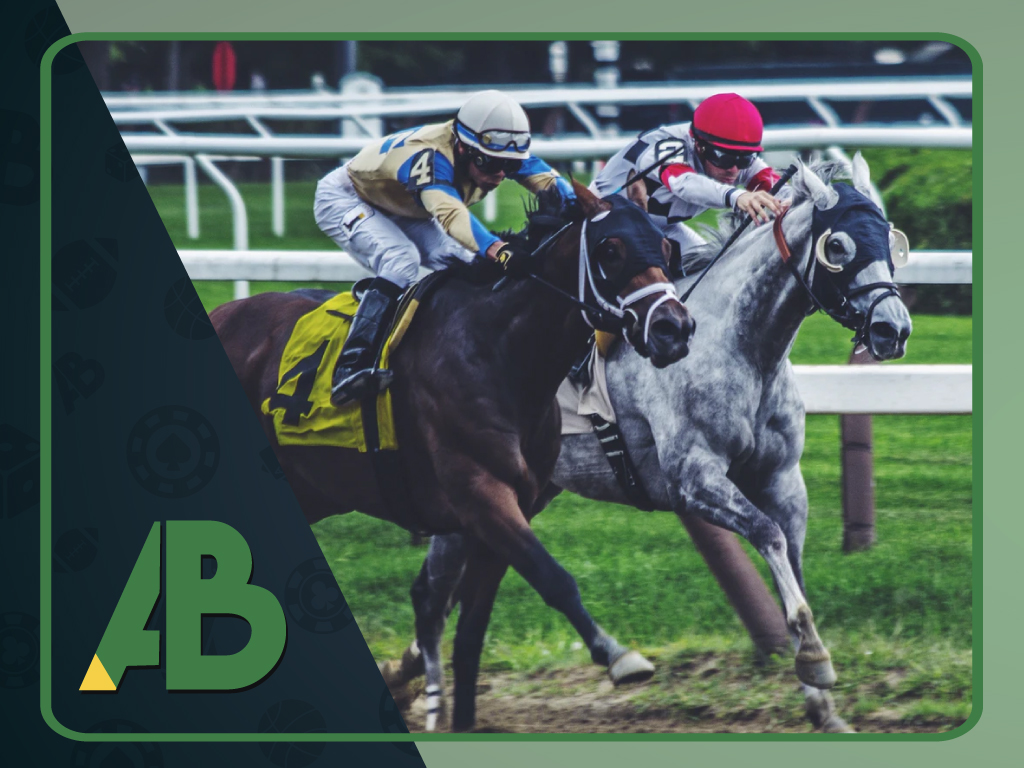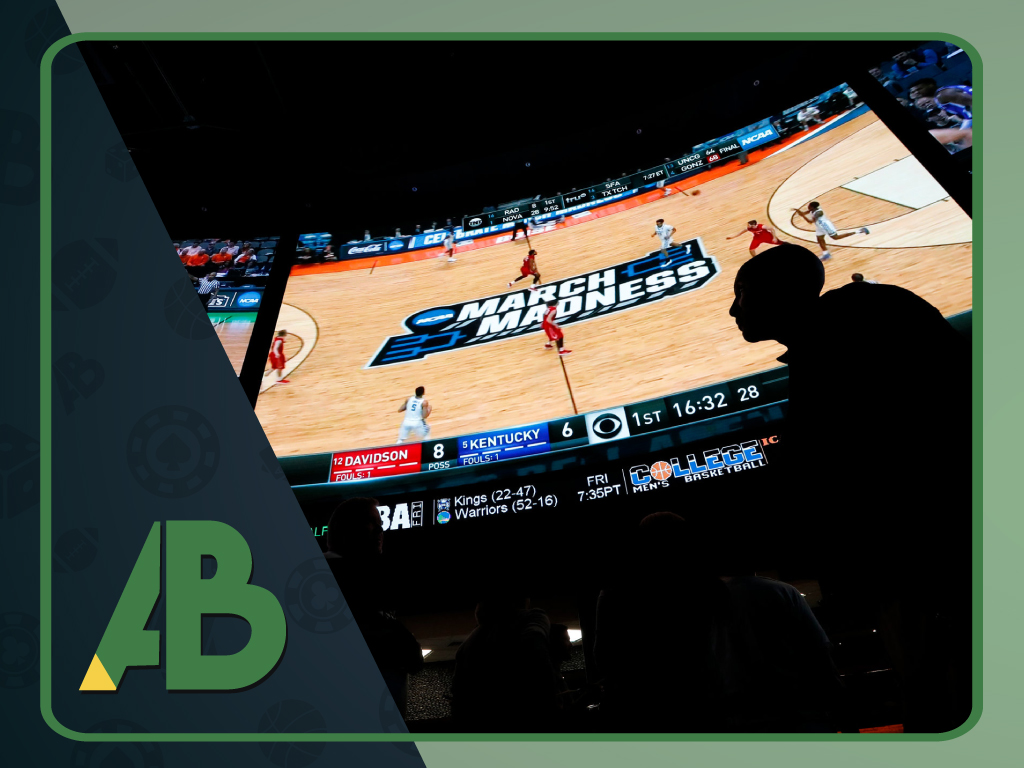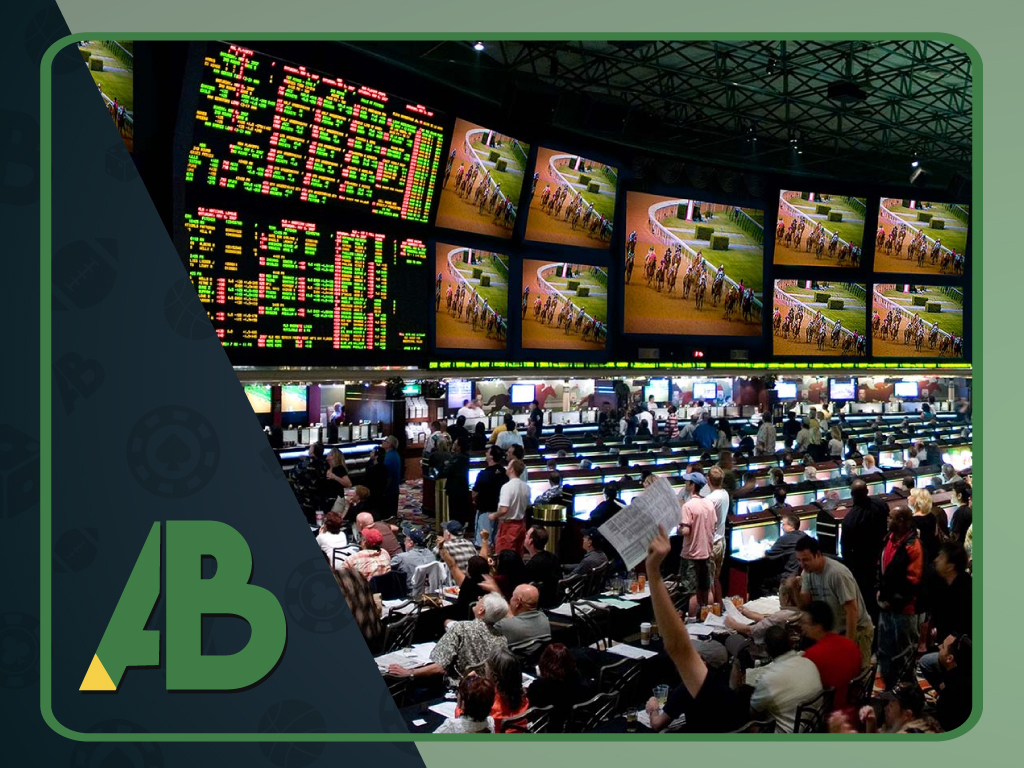If you’ve never bet on horse racing, it’s an experience that, once you’ve uncovered, isn’t easy to leave. Few sports give you faster excitement than horse racing – in two minutes, you’ll know if you’ve won or lost. However, the truth is that to successfully bet online on horse racing, you have to get to know the sport well and have seen it live. If this isn’t possible, especially under the current COVID-19 circumstances, there are still ways to get involved, and gambling executive and horseracing expert Adam Bjorn shares some insight.
Betting on horse racing without ever having been to a racetrack is complicated because there are certain things that are not easy to study and know only with what the bookmaker’s portal offers you. It’s important to pay attention to detail, though; everything influences a career. Says Bjorn, “Although jockey and horse are the key elements, some small things can make a big difference. For example, wearing one equipment or another may have a decisive influence on how the animal will run. If you change the horse’s equipment can be a good sign, it is that they are testing to improve performance.”
As a general rule, although at first, you can test to see how you are offered such bets, you should not bet on irrelevant odds. You’ll be wasting your time. No one – except in some isolated circumstances – earns much by betting little, and low odds give ridiculous profits that are hardly worth it to close the bet. The concept of value or value of a bet is essential when choosing whether or not to bet on a horse. Explains Bjorn, “To calculate the value of a bet, divide the horse’s chance of success by one and you’ll get the exact odds below which you should never bet.”
‘Divide and conquer’ or how to choose your horse; choosing a winner is easier by elimination. Start by removing from your list the usual losing horses, the less fast ones, the ones that are not fit or those who are being overrated. According to the experts, dividing the horses of a race into groups will make your job easier. A group (for example, Group 1) will be the leading horses, the ones that are most likely to win. Group 2 would be the ones that, in the last races, have been left in third or fourth positions, that is, placed, but were not winners. Group 3 would be made up of the trailing horses, those who have little chance of being in the top five. Splitting the races will help you decide whether the winning horses are more or less likely. In a race with several group 1 “figures,” the duel will make it difficult to hit who will win.
Some of the terminology used is fairly common and doesn’t need to be explained – win, show and place, for example. However, there is other language that is useful to both the horseracing fan and the gambler that will give them an advantage and should be learned early on when starting the horseracing experience.
Allowance race is a term that essentially describes a race used to determine weights of the horse. Allowances are weights permitted to be reduced because of race conditions or because an apprentice is on the horse. In horseracing, an apprentice, or bug boy, is a rider who has not yet achieved a certain number of rides on a winning horse.
A blind switch refers to a situation where a horse is caught behind or between horses that essentially prevents the jockey from being able to gain position in the race. If a blind switch occurs behind two leading horses that are running at exactly the same pace toward the finish line, these two are said to be in a dead heat. If one of those two is a first-time racehorse and pulls ahead for a win, it has graduated.
There are numerous terms that are used in horseracing, and many can be used to influence betting strategies. However, it’s not impossible to get started in horserace gambling without an encyclopedia of terms memorized. Understanding the basics will give you a good foundation to work from and lead to more success as you go.







